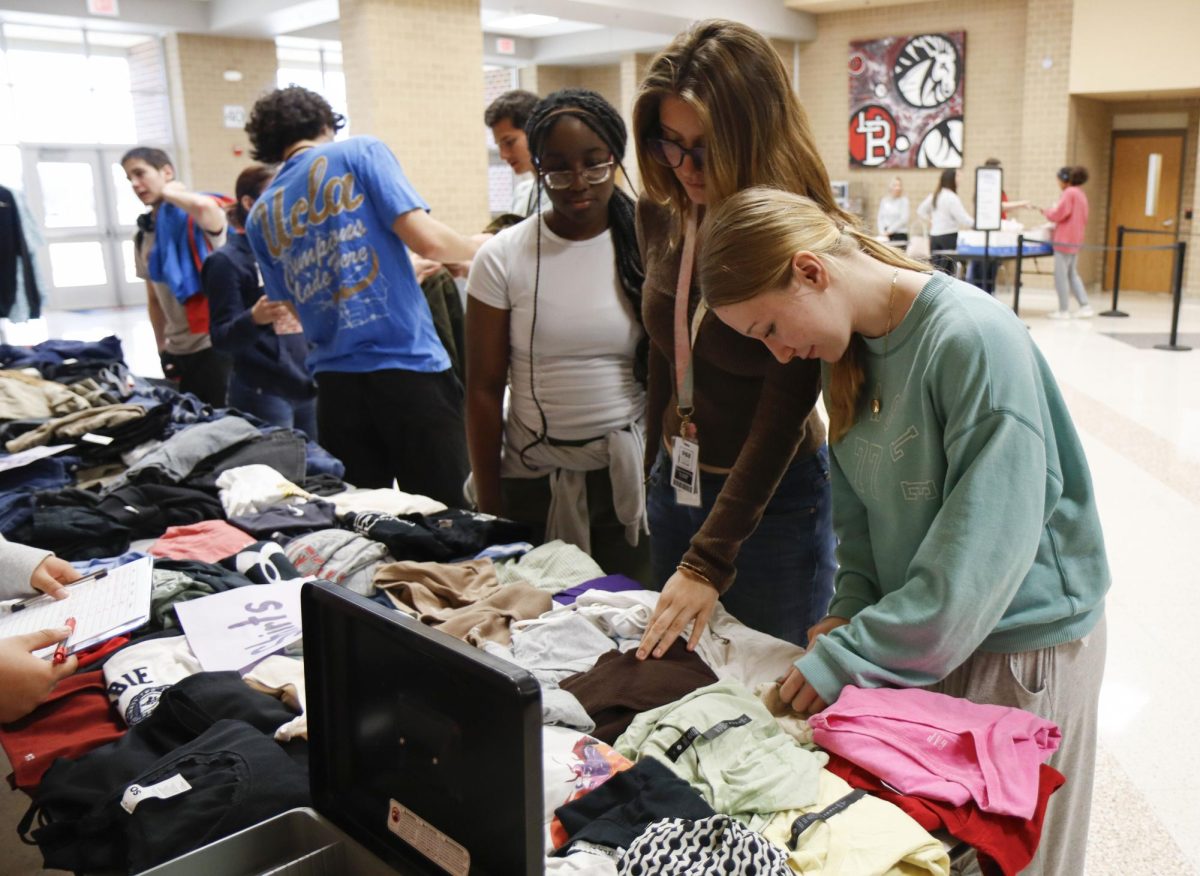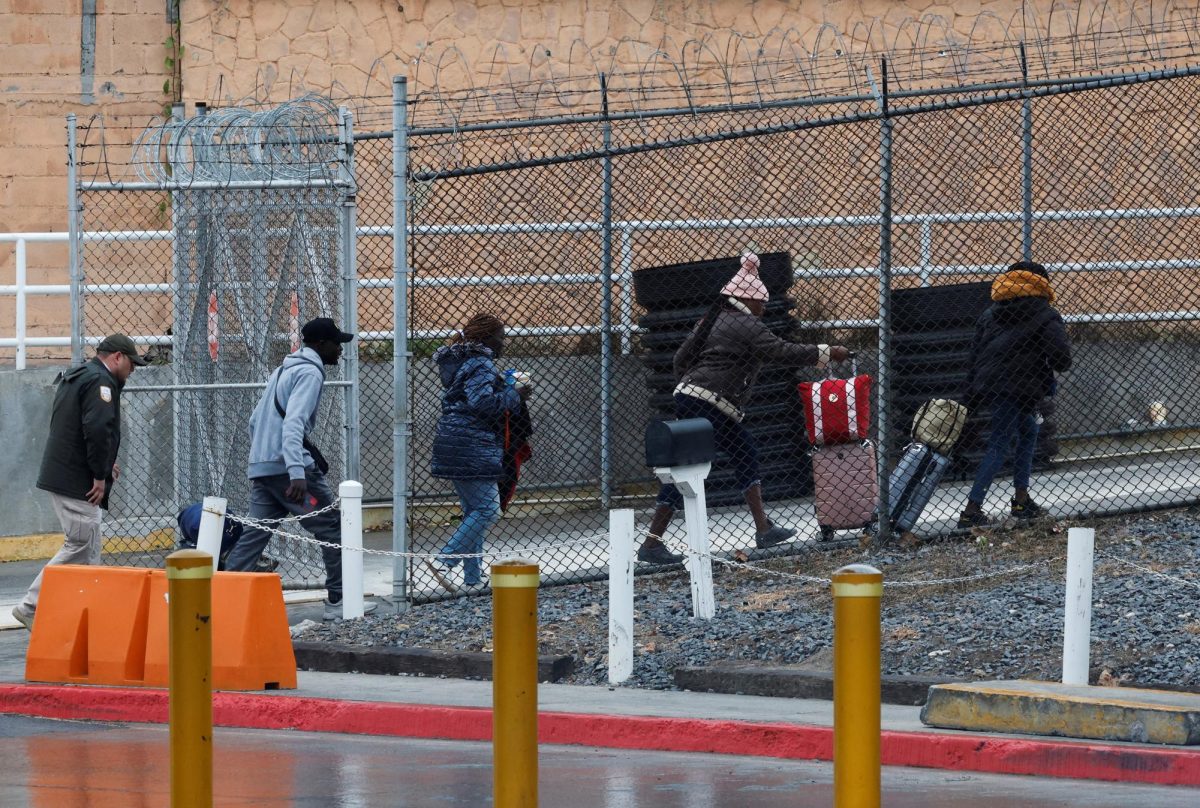Everyday senior Eli Bell jumps into his 2006 F150 to drive to school. After school, he drives 11 miles to get to the Nike Outlet in Grand Prairie to work. Once Bell gets off the clock, he drives 11 more miles home. That’s a total of 22 miles just to work and school, not to mention other places Bell might travel for family or friends.
As the cost per gallon of gas decreases, Bell’s ability to both save money and drive more increases. The price per gallon of gas has dropped nearly 20 cents from $3.05 to $2.85 in the past few weeks.
“The lower gas prices let me be able to drive and fill up whenever I need to,” Bell said.
Driving for roughly a year, Bell’s Ford truck remains the only car he has ever used. The truck gets about 15 miles to the gallon. Bell drives 11 miles to and from work four days a week. Bell fuels up about once every two weeks. Bell bought the truck with the intention of using it to haul anything, not to pay so much money on gas.
“I wouldn’t change my choice for anything, though,” Bell said. “I like it because it’s big.”
Junior Harrison Cordero drives a Ford Excursion that gets 12 miles to the gallon. Having to drive to the Mansfield Natatorium, roughly eight miles from Legacy, and back to Legacy for practice everyday makes Cordero have to fill up often. Cordero also enjoys hanging out with his friends, going to their houses and going places such as the park, therefore adding onto the amount of gas he expels.
“My parents pay for some,” Cordero said. “Mostly I pay from the money I get from mowing lawns. With lower gas prices, I get to save a lot more money.”
Bell, however, doesn’t receive the financial help that Cordero does from his parents.
He has to pay for every ounce of gas he puts in his truck, amounting to about $50-$60 each fill-up with the higher gas prices, and $50-$55 with the lower gas prices.
“I don’t mind [paying] at all,” Bell said. “It’s my responsibility to keep it full.”






















